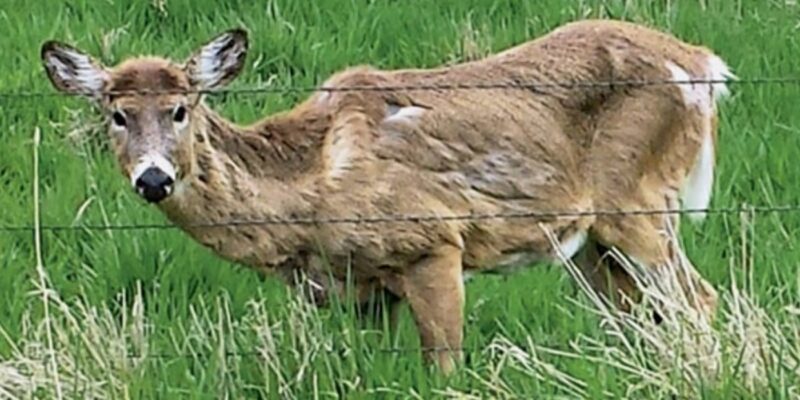
You may have heard of mad cow disease, but what about chronic wasting disease? This neurological disorder affects deer, elk, and moose, and it’s on the rise in North America. You can also check Chronic Wasting Disease video for more information.
Here’s What You Need To Know About This Silent Killer.
A Growing Problem.
The chronic wasting disease was first identified in 1967, and since then, it has been found in deer, elk, and moose in at least 24 states and four Canadian provinces. The good news is that it has not been found in humans—yet. But as the disease continues to spread among wild deer populations, there is a risk that it could jump to humans through exposure to infected tissue or venison. That’s why it’s important to be aware of the symptoms of chronic wasting disease and take steps to avoid contact with infected animals.
What are the Symptoms?
The chronic wasting disease attacks the brains of infected animals, causing them to become thin, listless, and often very aggressive. As the disease progresses, affected animals lose their fear of humans and may even approach people in search of food. This puts both people and pets at risk of being attacked by a sick animal. If you see a wild deer acting strangely, do not approach it! And if you must handle a dead deer carcass, wear gloves and take other precautions to avoid coming into contact with the brain or spinal cord tissue, which can carry the highest levels of the infectious agent.
How Can You Protect Yourself?
The best way to protect yourself from chronic wasting disease is to avoid contact with sick animals or their carcasses. If you live in an area where chronic wasting disease is present, don’t allow your pets to roam freely outside—keep them on a leash and supervise them closely when they’re outdoors. And when hunting season comes around, take care to properly clean and cook any meat from deer, elk, or moose before eating it. With just a little bit of caution, you can help keep this deadly disease from spreading any further.
Conclusion:
Chronic wasting disease is a serious problem facing deer populations across North America—and it could pose a threat to humans as well if we’re not careful. Be sure to educate yourself on the symptoms of this neurological disorder so that you can avoid contact with sick animals. And if you do hunt deer, elk, or moose, take extra care to properly clean and cook any meat before consuming it. By taking these precautions, we can help keep this deadly disease under control.













